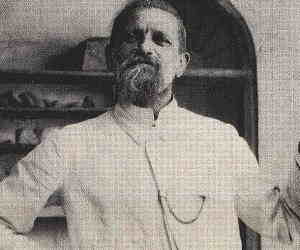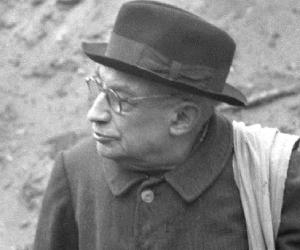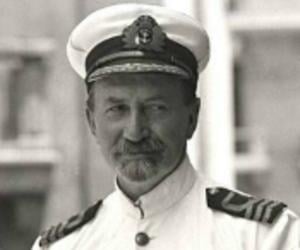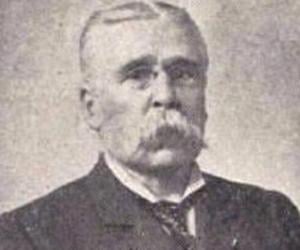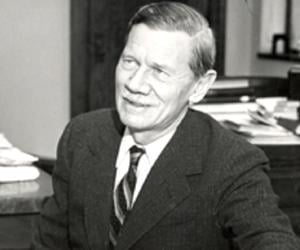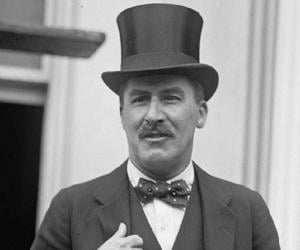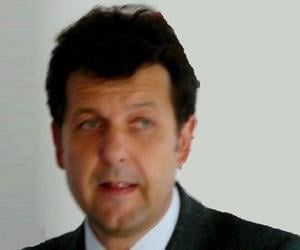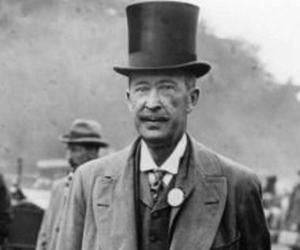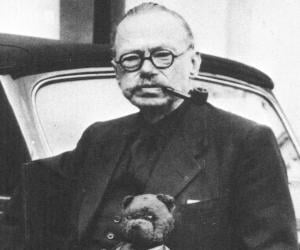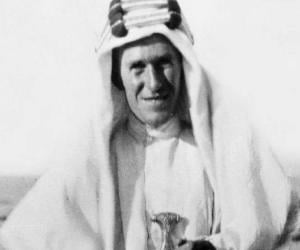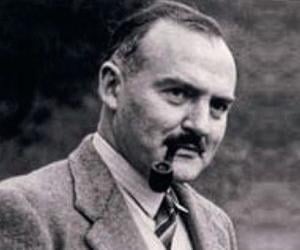
Ricardo Eichmann is an archaeologist who worked as a professor at the University of Tübingen. From 1996 to 2020, Eichmann served as the director of the Orient Department, which is located within the German Archaeological Institute. Over the years, he has played an important role in the field of music archaeology.
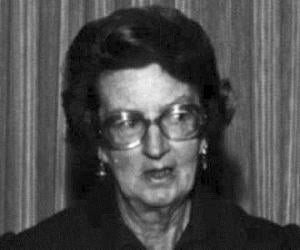
British paleoanthropologist Mary Leakey had exhibited her interest in drawing and archaeology as a kid. Most of her career was spent working alongside her husband, Louis Leakey. She was in charge of many excavation projects in Kenya. Her discoveries include the first Proconsul skull fossil and 15 new animal species.
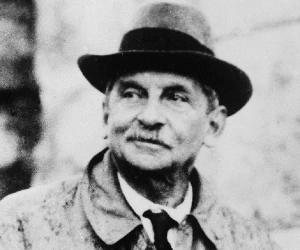
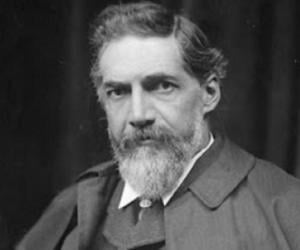
V. Gordon Childe was an Australian archaeologist best remembered for his contribution to the study of European prehistory. One of the earliest supporters of culture-historical archaeology, Childe went on to become the first proponent of Marxist archaeology. He is regarded as one of the best-known and most revered archaeologists of the 20th century.
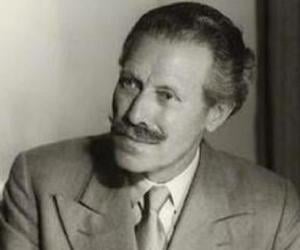
Sir Mortimer Wheeler was a British archaeologist who served as the director of the London Museum as well as the National Museum of Wales during his illustrious career. He is credited with developing the Wheeler–Kenyon method of archaeological excavation. Wheeler is also remembered for his association with the Archaeological Survey of India where he served as Director-General.
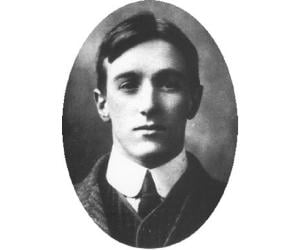
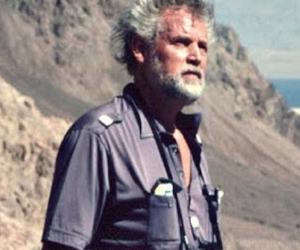
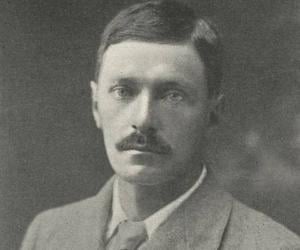
Chiefly known as a novelist, biographer, and memoirist, Edward Frederic Benson began his career with the British School of Archaeology in Athens, publishing his first successful novel, Dodo: A Detail of the Day, during this period. Its popularity encouraged him to continue publishing, the most significant works among them being Mapp and Lucia series, and the biography of Queen Victoria.
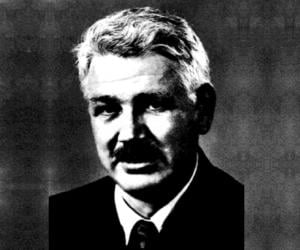
Carleton S. Coon was an anthropologist who originated several theories on race. He had a successful academic career and served as the president of the American Association of Physical Anthropologists. He was awarded the Viking Medal in Physical Anthropology. Even though he was a famous anthropologist of his time, his racial theories are dismissed as pseudoscientific in modern anthropology.
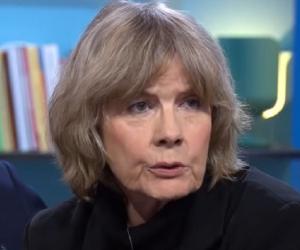
Fred Vargas is a French archaeologist, historian, and novelist. She is best known for her work on the bubonic plague, the Black Death. In 2009, she became the first author to win three International Dagger Awards for three consecutive novels, having won the award in 2006 and 2008. In 2018, she was honored with the prestigious Princess of Asturias Prize.
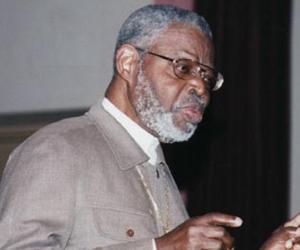
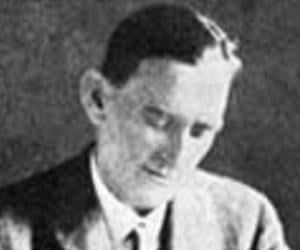
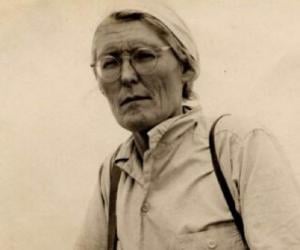
Celebrated German-born Peruvian mathematician, archaeologist, linguist, and astronomer Maria Reiche is remembered for her pioneering research on the Nazca lines. Nicknamed the Lady of the Lines, she was initially a governess and teacher in Peru. She later also became a founding-member of the non-profit organization South American Explorers.
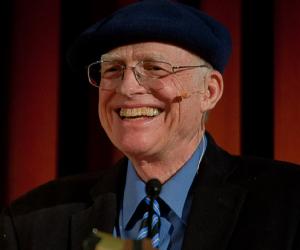
The son of Nobel Prize-winning US physicist Luis Walter Alvarez, Walter Alvarez is remembered for his theory that dinosaurs died due to an asteroid impact, a theory he developed with his father. The theory stemmed from their discovery of an iridium-rich layer of clay, since iridium is commonly found in asteroids.
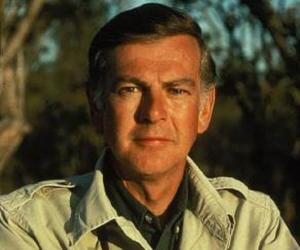
Donald Johanson is a paleoanthropologist. He collaborated with Yves Coppens and Maurice Taieb to discover the fossil of a female hominin australopithecine in the Afar Triangle region of Hadar, Ethiopia. This fossil was named “Lucy". As an academician, he established the Institute of Human Origins in Berkeley. He is the recipient of several awards and honors.
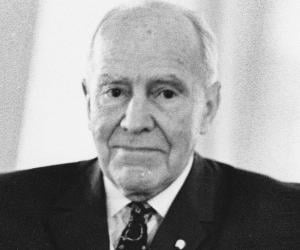
Born to a farmer in Australia, Raymond Dart initially wished to become a medical missionary to China. However, he was later pushed by his father to study science. He later grew up to be a renowned anatomist and anthropologist, best known for discovering the first fossil of the Australopithecus africanus.
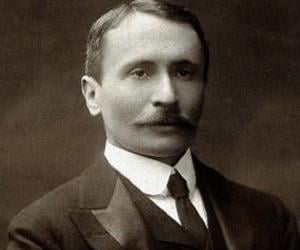
Hungarian-British archaeologist Sir Aurel Stein is best remembered for his research in Central Asia. He was also associated with institutes in British India, such as Oriental College, Lahore, and later translated Kalhana’s Rajatarangini from Sanskrit to English. He was a dog lover and remained single for life.
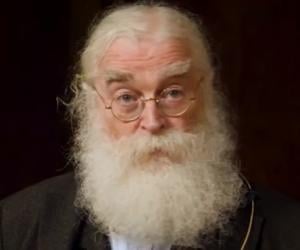
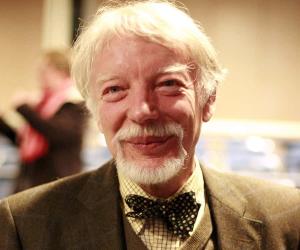
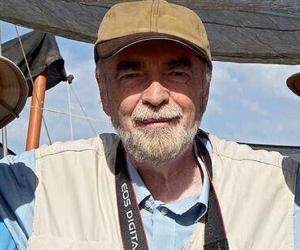
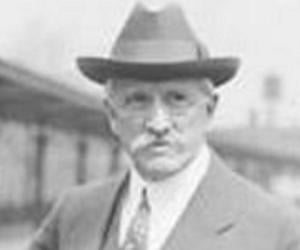
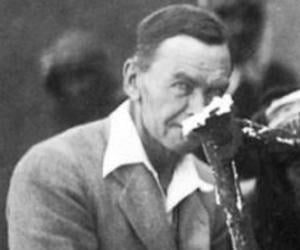
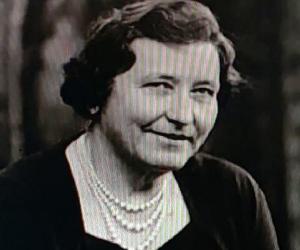
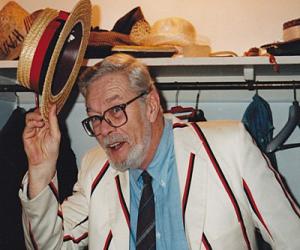
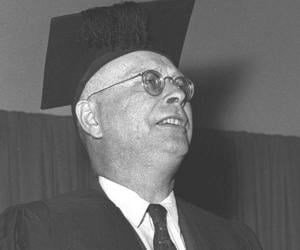
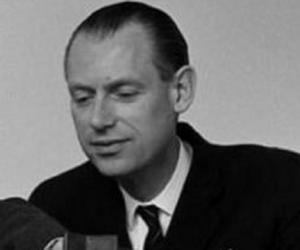
Gad Anders Rausing was a Swedish archaeologist and industrialist. Alongside his brother Hans Anders Rausing, Gad is credited with popularizing the food packaging company Tetra Pak, which was founded by his father Ruben Rausing. Gad Rausing, who had a lifelong passion for archaeology, taught at Lund University's Institute of Archaeology. Gad Anders Rausing also authored several books on archaeology.
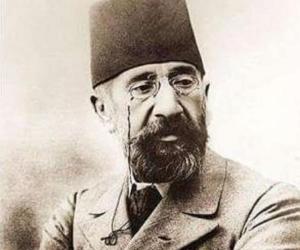
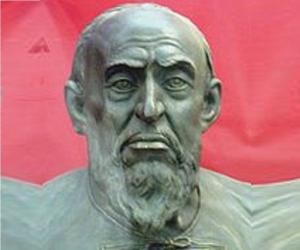
Mikhail Mikhaylovich Gerasimov was a Soviet anthropologist and archaeologist. He is credited with developing the first technique of forensic sculpture and discovering the Mal'ta–Buret' culture. Gerasimov is also credited with reconstructing the faces of over 200 people, ranging from neanderthals to homo sapiens.
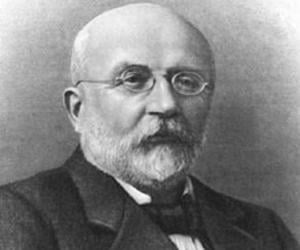
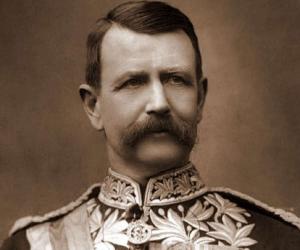
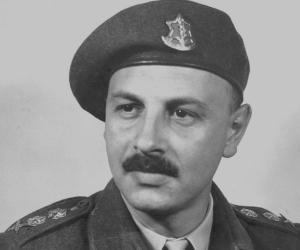
Yigael Yadin was an Israeli archeologist, soldier, and politician. From 1977 to 1981, he served as the second chief of staff of the Israel Defense Forces and deputy prime minister. He had an extensive career in the army, following which he joined politics. He was also a brilliant archeologist and received the Israel Prize in Jewish studies.
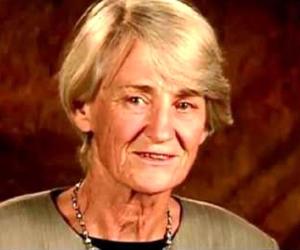
British paleoanthropologist Meave Leakey discovered a new branch of the human species, the Kenyanthropus platyops, or the flat-faced man of Kenya. Initially a zoologist in Nairobi, she studied modern monkeys as part of her doctoral research. She is the first Kenyan to be a National Academy of Sciences member.
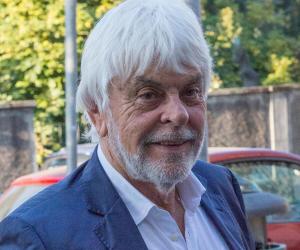
Valerio Massimo Manfredi is an Italian historian, essayist, writer, archaeologist, and journalist. He earned a degree in classical arts at the University of Bologna and became an archaeologist. He later pursued an academic career and published many essays and articles. He has held conferences and seminars in many reputed universities. He is also the author of several best-selling novels.
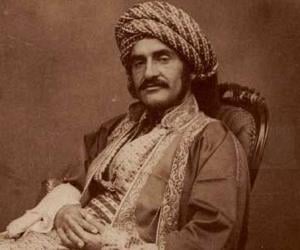
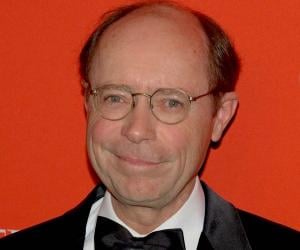
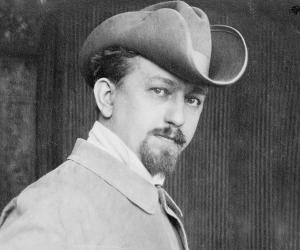
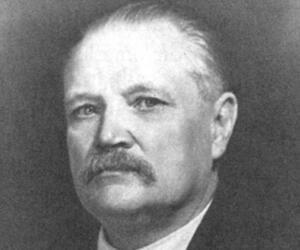
Russian historian Mikhail Ivanovich Rostovtzeff is best-known for producing significant works on ancient Roman and Greek history. He emerged as an influential authority on ancient-history of South Russia and Ukraine while working in Russia. The term caravan city is believed to have been coined by him. Noted books of Rostovtzeff include Dura-Europos and Its Art and Skythien und der Bosporus.
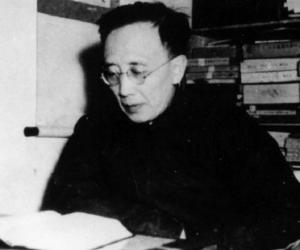
Chinese archaeologist and scholar Guo Moruo left his Chinese wife and moved to Japan, where he studied medicine and met his second wife. Noted for works such as Nü shen, he was targeted during the Cultural Revolution and said his works should be burned for failing to understand Mao.
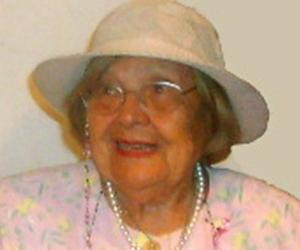
Turkish archaeologist and Assyriologist Muazzez İlmiye Çığ specializes in Sumerology, or the study of the Sumerian civilization. She has had a long association with the Museum of the Ancient Orient and has also penned several books, including a children’s educational book and her memoir, Çivi çiviyi söker.

While she initially studied engineering, Claire Barratt later gained fame as an industrial archaeologist. She has a degree in conservation of industrial heritage. She also has a parallel career as a TV presenter and has been part of shows such as Salvage Squad and Britain's Secret Treasures.
